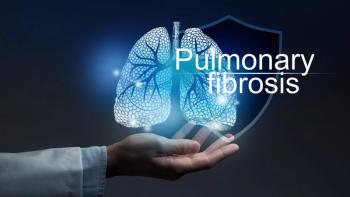
Industry Groups Seek to Forward a Risk-Based Approach to High-Potency Manufacturing
As with pharmaceutical manufacturing as a whole, a risk-based approach is important in manufacturing highly hazardous or potent compounds. Industry groups are working with US Food and Drug Administration (Rockville, MD) to develop a baseline guide for a risk-management approach to determine containment controls required to minimize cross contamination.
Newark, NJ (Sept. 14)-As with pharmaceutical manufacturing as a whole, a risk-based approach is important in manufacturing highly hazardous or potent compounds. Industry groups are working with US Food and Drug Administration (Rockville, MD,
“The common response by regulators is the default reaction of segregation and dedication,” as it relates to high-containment manufacturing, according to Julian Wilkins, vice-president of PharmaConsult US, Inc. (Bridgewater, NJ,
ISPE has formed a task team to develop a baseline guide for risk- management approaches to determining containment controls and minimizing cross-contamination. The team consists of members from industry representing the United States, Europe, and Japan. The working title of the guide is RISK MAPP (Risk Based Manufacture of Active Pharmaceutical Products). “The guidance provides a toolkit so that both industry and regulators can use a common agreed basis to assess risk controls necessary including the need for segregation/dedication,” explained Wilkins.
Under the auspices of ISPE, representatives from the pharmaceutical industry- including Merck & Co., Inc (Whitehouse Station, NJ,
• Risk assessments are conducted to assist with implementation and verification of risk controls;
• Risk assessments include hazard characterization and exposure assessment;
• Risk controls are to be determined on a case-by-case basis and not on a class of compound.
The risk characterization and assessment can be used to develop limits such as allowable daily intake (ADIs), occupational exposure limits (OELs), and cleaning validation limits.
“FDA is very supportive of ISPE's guideline approach and wanted to be involved in its development,” said Wilkins. A key step in moving toward this approach is to harmonize the guidance with other regulatory authorities, specifically the European Medicines Agency (London, England,
Meanwhile, ISPE's RISK MAPP guidance is currently going through the approval process. “Revision A,” which includes proposed content and general direction, was completed in August 2006. Wilkins outlined a general timetable, which would include a review of “Revision B,” with further details of the guidance, in the second quarter of 2007, and a final document in the first quarter of 2008.
Newsletter
Get the essential updates shaping the future of pharma manufacturing and compliance—subscribe today to Pharmaceutical Technology and never miss a breakthrough.





